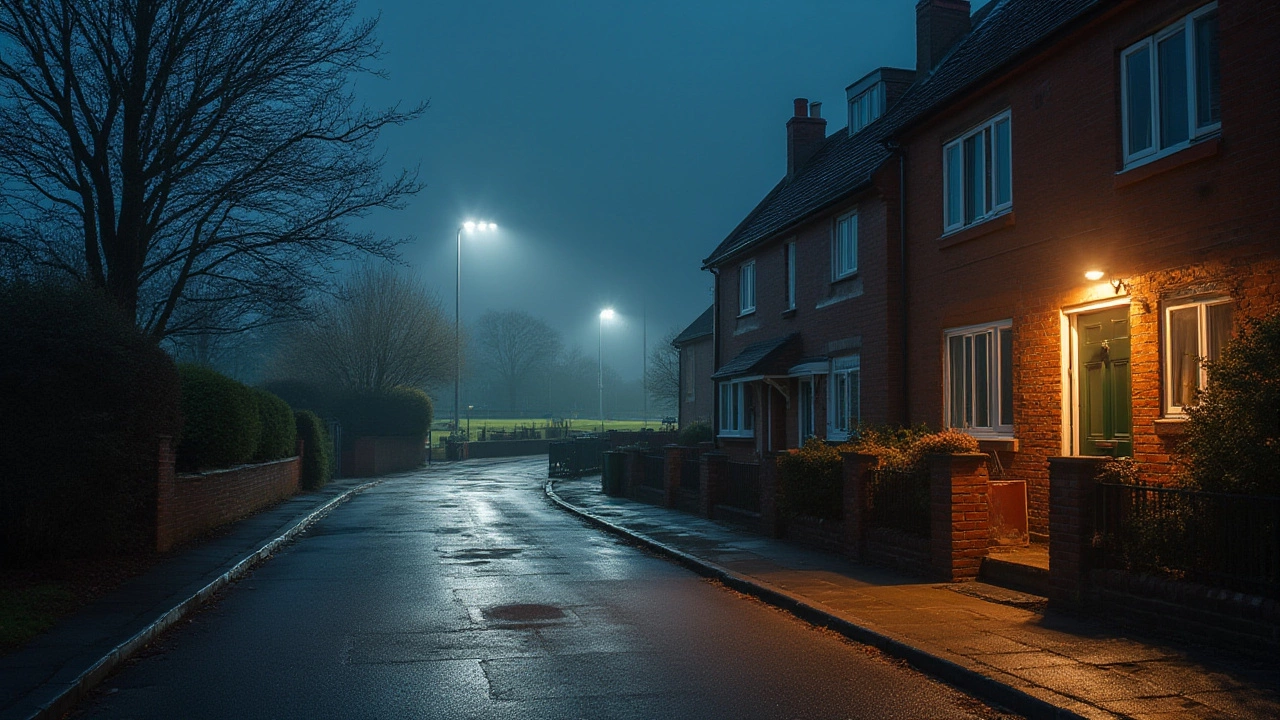If you want to make your property harder to break into, a good floodlight does more than just light up the garden. It scares off intruders, helps cameras capture clear footage, and lets you see what’s happening after dark. In this guide we’ll walk through the main types of floodlights, what to look for, and simple steps to get them up and running.
LED floodlights are the most popular choice today. They use far less electricity than old halogen or incandescent lamps and last for years. Look for a model with a high lumen rating (1500‑2000 lumens is solid for a driveway) and a color temperature around 4000‑5000K – bright enough without blinding you.
Motion‑sensor floodlights add a layer of intelligence. When the sensor detects movement, the light flashes or switches on at full brightness. This sudden glare can startle a potential thief and instantly alert you to activity. Choose a sensor with adjustable range (30‑50 feet works for most homes) and a delay timer so the light stays on for 30‑60 seconds after the last motion.
Solar‑powered floodlights are great if you have limited wiring options. A solar panel charges a battery during the day, and the light runs at night. They’re easy to install but make sure the panel gets full sun and the battery capacity matches the light’s wattage.
Where you mount the floodlight matters as much as the light itself. Aim for positions that cover entry points: front and back doors, garage doors, driveways, and any dark corners near windows. Install the fixture high enough (about 8‑10 feet) so the beam spreads wide and reduces glare for neighbours.
When wiring a hard‑wired LED or motion‑sensor floodlight, turn off the circuit at the breaker, run a suitable gauge cable from your existing outdoor socket, and use a weather‑proof junction box. Most modern units come with quick‑connect terminals, so you don’t need a screwdriver for every connection. If you’re not comfortable with electricity, hiring a qualified electrician saves time and keeps you safe.
For solar models, mount the panel on a south‑facing roof or wall that gets direct sunlight for most of the day. Secure the pole or bracket firmly – a wobbling light can misalign the beam and reduce its effectiveness.
After installation, test the light at night. Adjust the angle so the beam hits the ground directly in front of your property, not the street or neighbour’s garden. If you have security cameras, point the floodlights toward the camera’s field of view. The extra illumination will improve video quality and make facial recognition easier.
Maintenance is simple: wipe the lens with a soft cloth once a month to clear dust, and check the batteries in solar units every six months. LED bulbs rarely need replacement, but keep a spare on hand just in case.
By choosing the right type, placing it strategically, and doing a quick check after dark, you’ll get a floodlight that works round‑the‑clock to keep your home safe. Need professional help? Total Security Solutions can design a custom lighting plan, handle the wiring, and integrate the floodlights with your existing alarm or camera system. Contact us today for a free consultation.

Floodlights and security lights might seem the same, but they're designed for different jobs. Here’s how they really differ, with all the facts and tips you need.